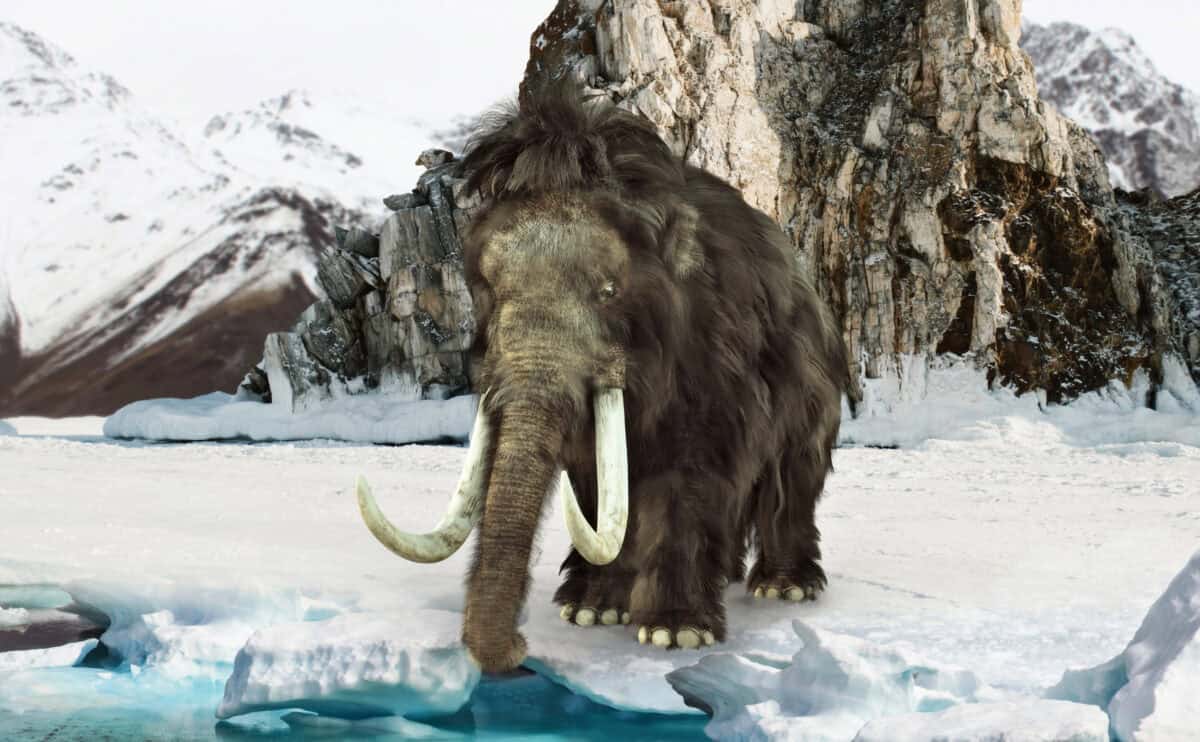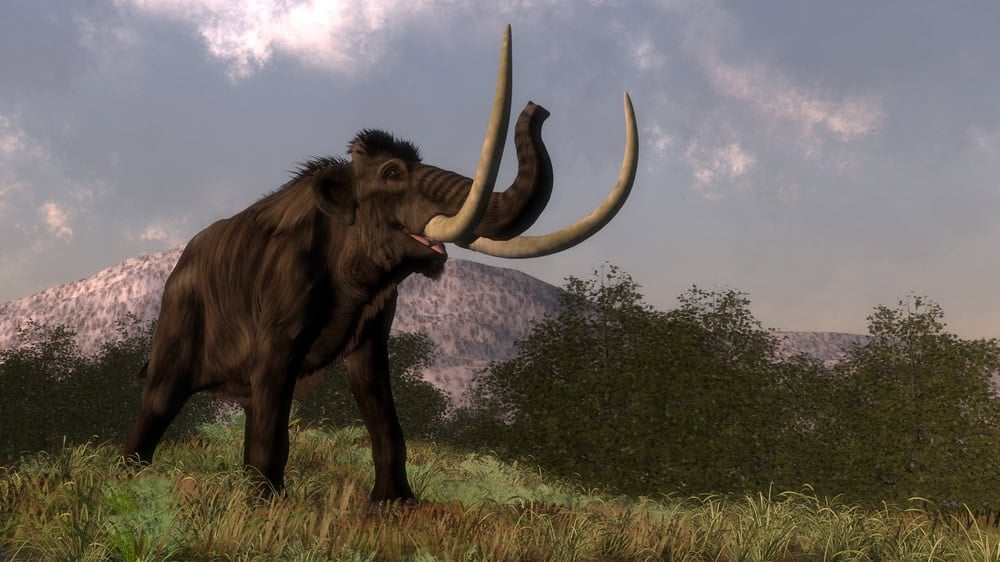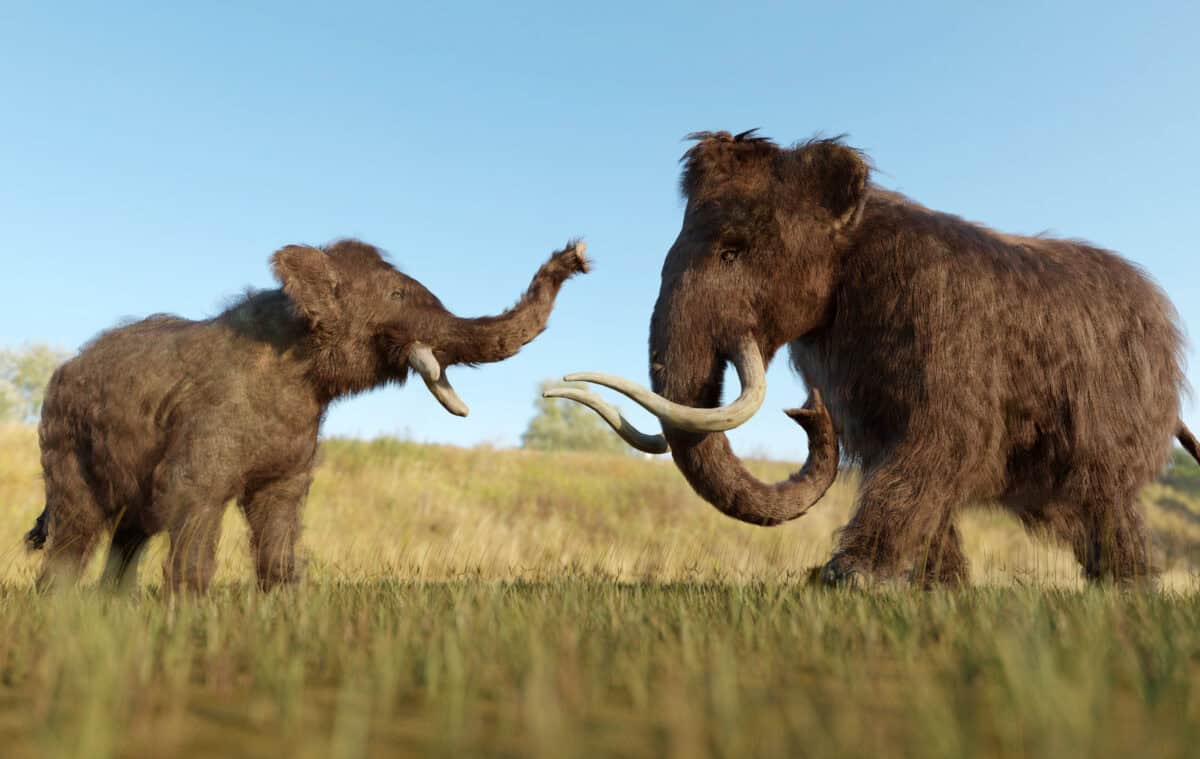In recent years, the prospect of de-extinction — the process of bringing extinct species back to life — has leaped from the pages of science fiction to the forefront of biological science discussions. The notion was thrust further into the public eye when tech magnate Elon Musk referenced the potential of resurrecting the woolly mammoth in a tweet, sparking widespread debate and curiosity. As our capacity to manipulate DNA advances, so must our ethical considerations. This article delves into the multifaceted conversation surrounding de-extinction, exploring both the promise and the perils.
Historical Context of Extinction

Extinction is a natural process that has shaped the diversity of life on Earth for millennia. While species have continually evolved and disappeared, recent centuries have seen an unprecedented rate of extinctions often attributed to human activity. The most notable cause is habitat destruction, which, alongside factors such as poaching and climate change, has decimated wildlife populations globally. The woolly mammoth, a prime candidate for de-extinction, vanished around 4,000 years ago, largely due to climate warming and overhunting.
The Science Behind De-Extinction

At the heart of de-extinction technology is the ability to sequence ancient genomes and edit them into the DNA of living relatives. Scientists use techniques such as CRISPR-Cas9 to splice desired genes into the DNA of closely related species. For the mammoth, this would involve embedding traits like cold resistance into the genome of the modern elephant, aiming to recreate a mammoth-like creature rather than a true revival of the species.
The Role of Biotechnology Companies

Several biotechnology companies are spearheading efforts to bring extinct species back, with a focus on both ethical considerations and potential ecological benefits. These companies claim that resurrected species might help restore ecosystems disrupted by their loss. However, this raises questions about the potential consequences and unintended effects introduced species may have on current ecosystems.
Musk’s Mammoth Tweet: A Catalyst for Discussion

Elon Musk, known for his futuristic outlook and innovative ventures, tweeted about the mammoth’s resurrection, igniting global discourse. While his tweet was initially viewed with skepticism by some, it nonetheless served as a catalyst for serious discussion among scientists, ethicists, and policymakers about the future of such technologies and their implications.
Ecological Considerations

Introducing a species into an ecosystem from which it has been absent for thousands of years poses significant ecological questions. Will the environment support the resurrected species? Could their introduction cause harm to existing flora and fauna? Scientists must carefully model these outcomes to ensure biological balance is maintained and to avoid disastrous ecological disruptions.
Ethical Challenges in De-Extinction

The ethical dimensions of de-extinction are profound. Critics argue that focusing resources on resurrecting extinct species is misguided when myriad existing species face extinction threats. There are also moral questions about the welfare of resurrected creatures, which may suffer in ecosystems different from those they once inhabited.
Contributions to Biodiversity

Proponents argue that de-extinction could enhance biodiversity, providing a remedy for human-induced species loss. By filling ecological niches left vacant by extinct organisms, de-extinct species may help promote ecosystem stability and resilience, potentially offsetting some negative impacts of biodiversity loss.
Technological and Economic Considerations

De-extinction requires enormous technological investment and has substantial economic implications. Biotechnology firms must secure funding for long-term projects that require sophisticated laboratory equipment, expertise, and resources. The economic feasibility of such endeavors remains uncertain, adding another layer of complexity to the debate.
Potential Benefits to Climate Science

Some scientists suggest that de-extinct species, like mammoths, could contribute to climate mitigation strategies. For instance, by trampling thick snow layers, mammoths could help expose soil to cold air, potentially slowing permafrost melting and sequestering carbon—a fascinating, yet speculative, ecological benefit that raises further questions about practical implementation.
Public Perception and Cultural Factors

Public perception of de-extinct species varies globally and is influenced by cultural, historical, and ethical considerations. While some view the revival of species like the mammoth as a scientific triumph, others see it as playing God. Understanding and addressing these diverse opinions is crucial for the successful integration of any de-extinction initiatives.
Legal and Regulatory Frameworks

The legal landscape for de-extinct species is uncharted territory. International regulations pertaining to biodiversity and wildlife conservation currently do not account for species brought back from extinction. Development of legal frameworks to address ownership, ecosystem protection, and ethical use is essential as the technology progresses.
The Path Forward: Balancing Science and Ethics

Moving forward, the conversation around de-extinction must balance scientific ambition with ethical responsibility. While the resurrection of species holds exciting possibilities, it must be approached with caution, focusing on rigorous scientific studies, ethical deliberations, and public dialogue to guide these endeavors responsibly.
The tantalizing promise of de-extinction spearheaded by influential figures like Elon Musk brings attention to the complex interplay of science, ethics, and ecology. As technological capabilities grow, it is imperative that society carefully considers the goals and implications of reviving extinct species to ensure responsible stewardship of our planet’s future.
- How Snakes Use Their Forked Tongue to “Smell” the Air - June 30, 2025
- The True Story of Free Willy’s Real-Life Whale, Keiko - June 30, 2025
- The Living Fossils of Australia: These Ancient Creatures Defy Evolution - June 30, 2025

